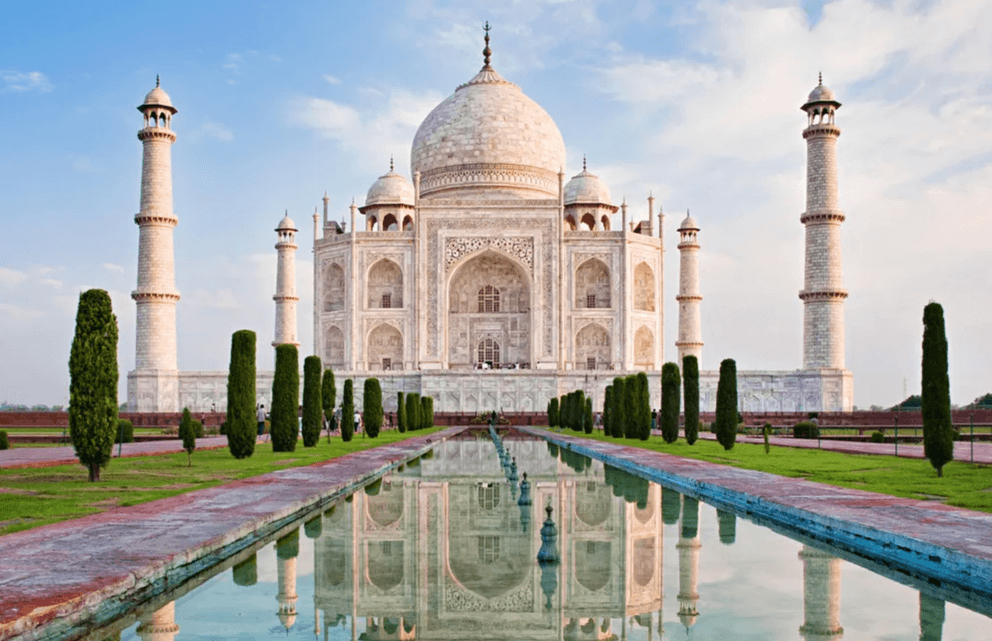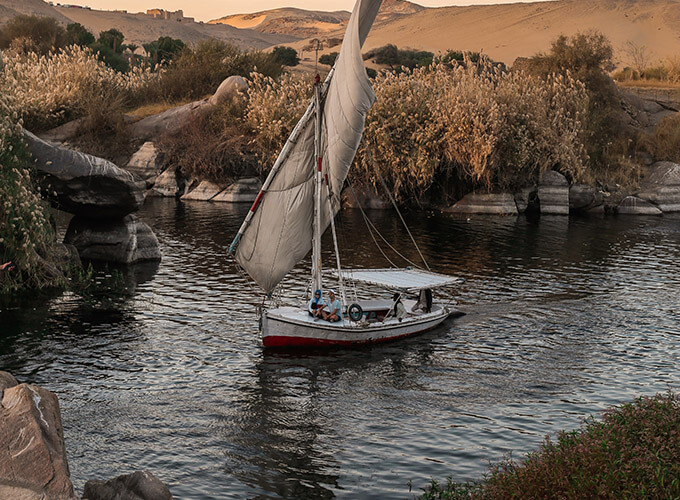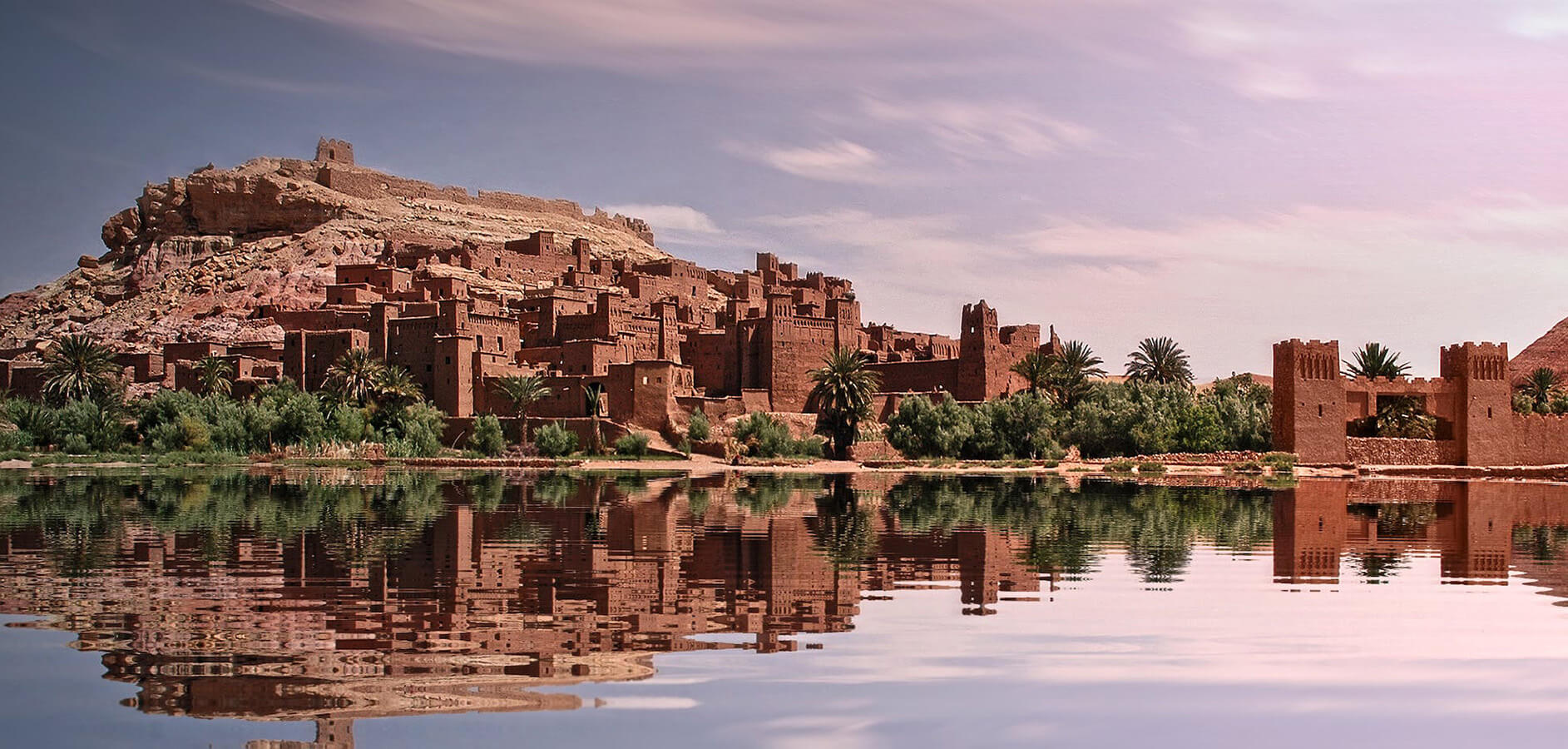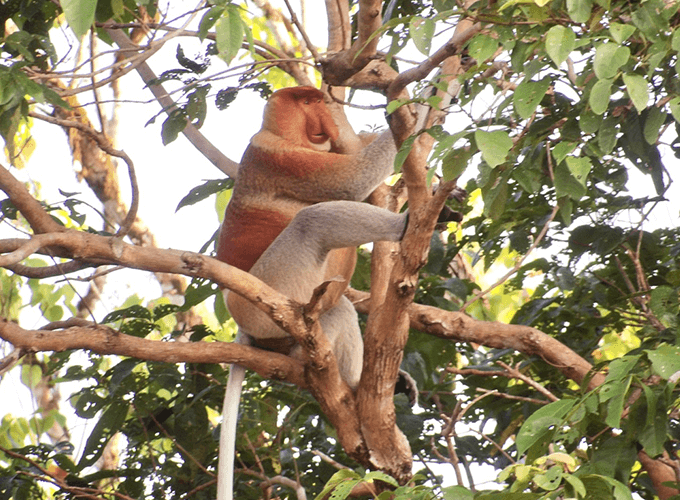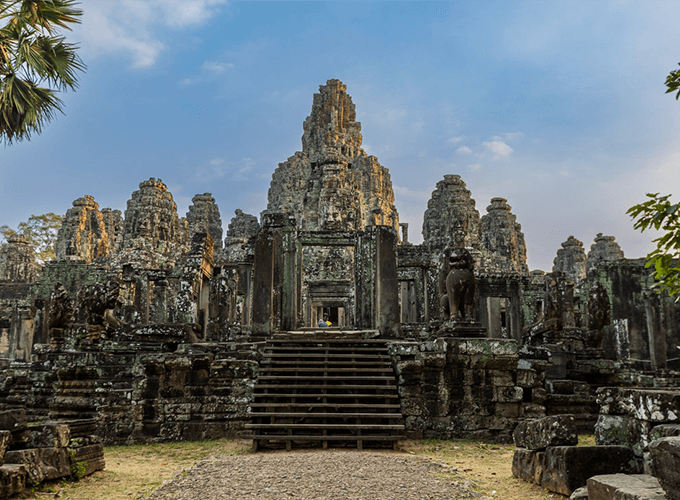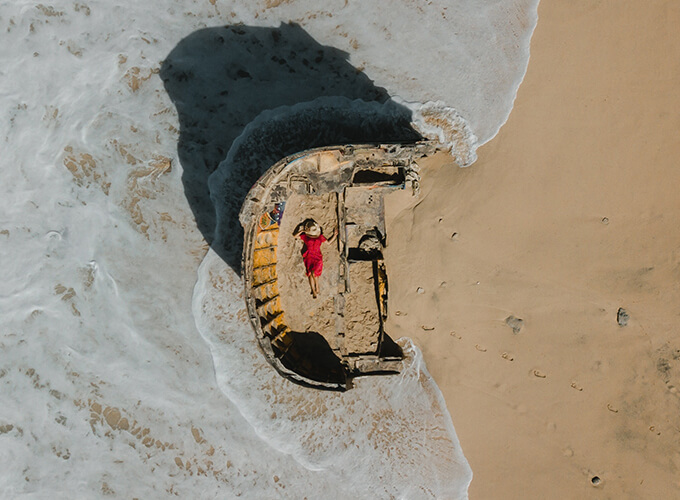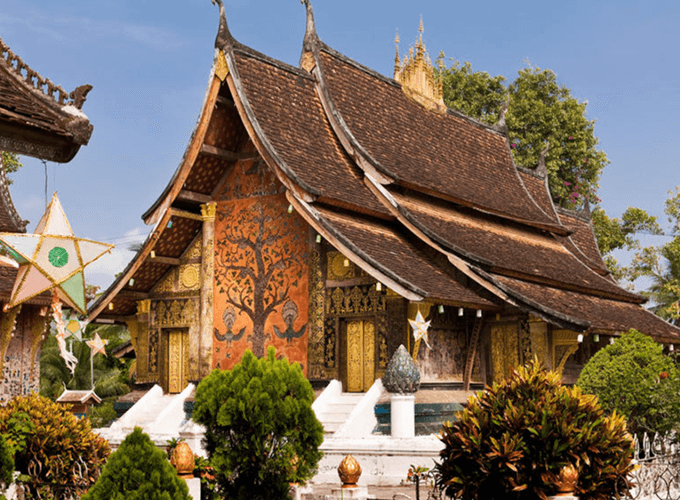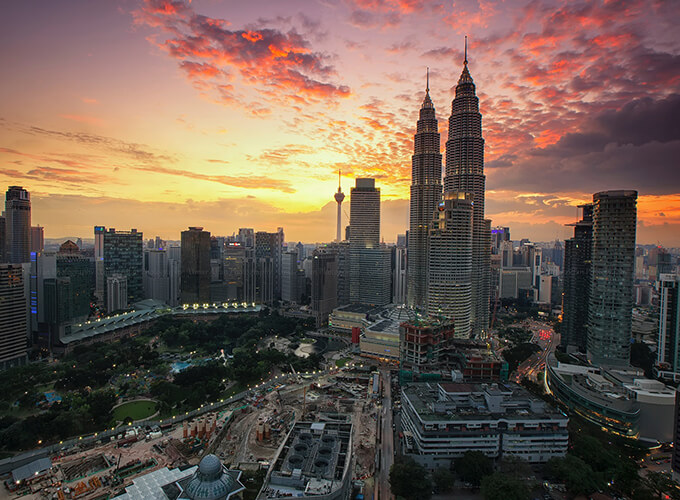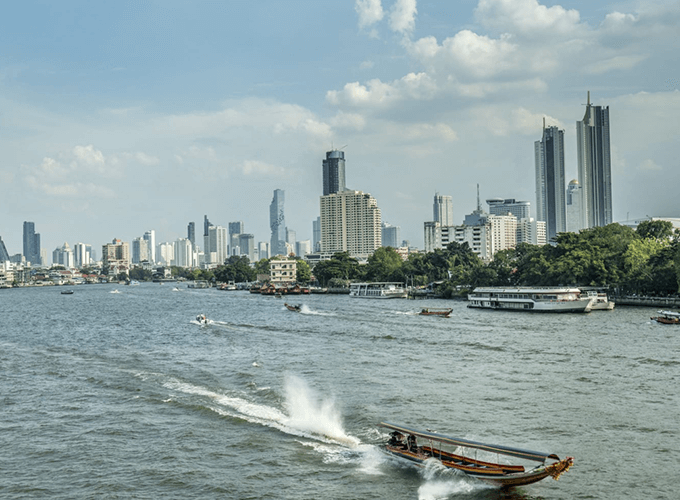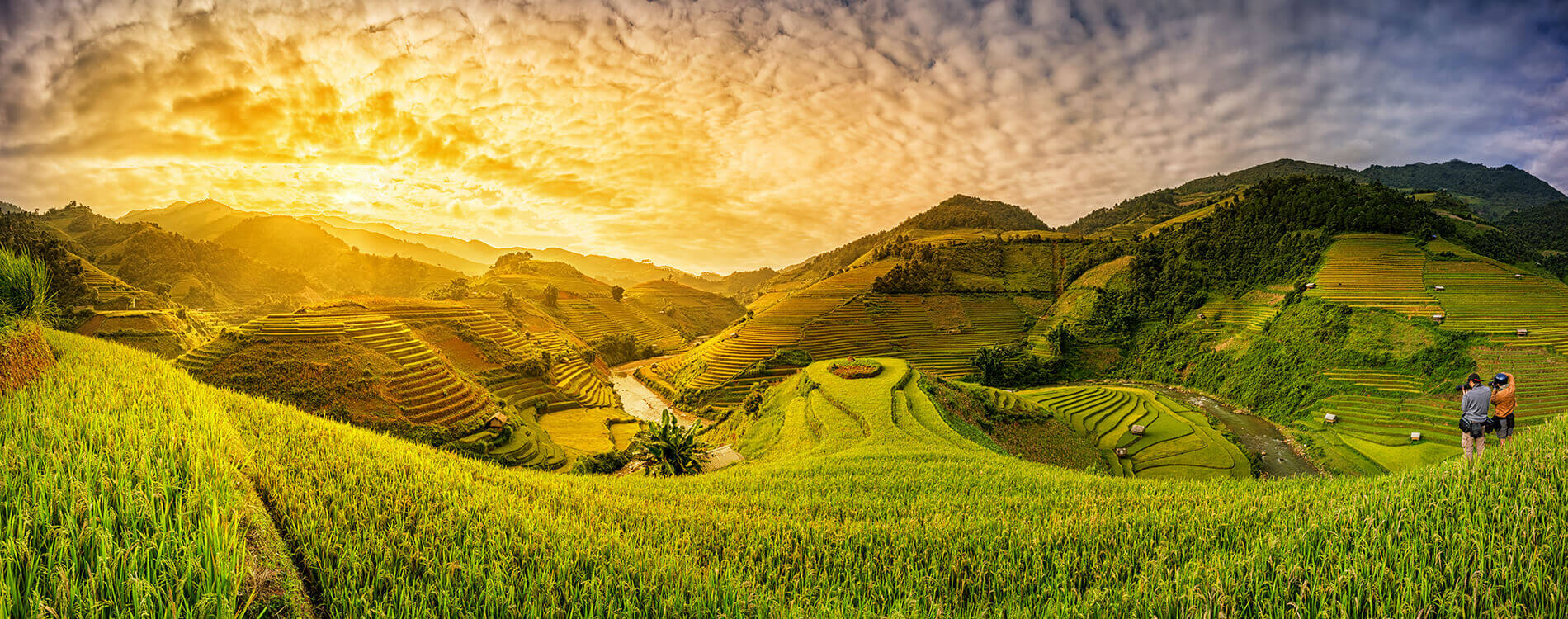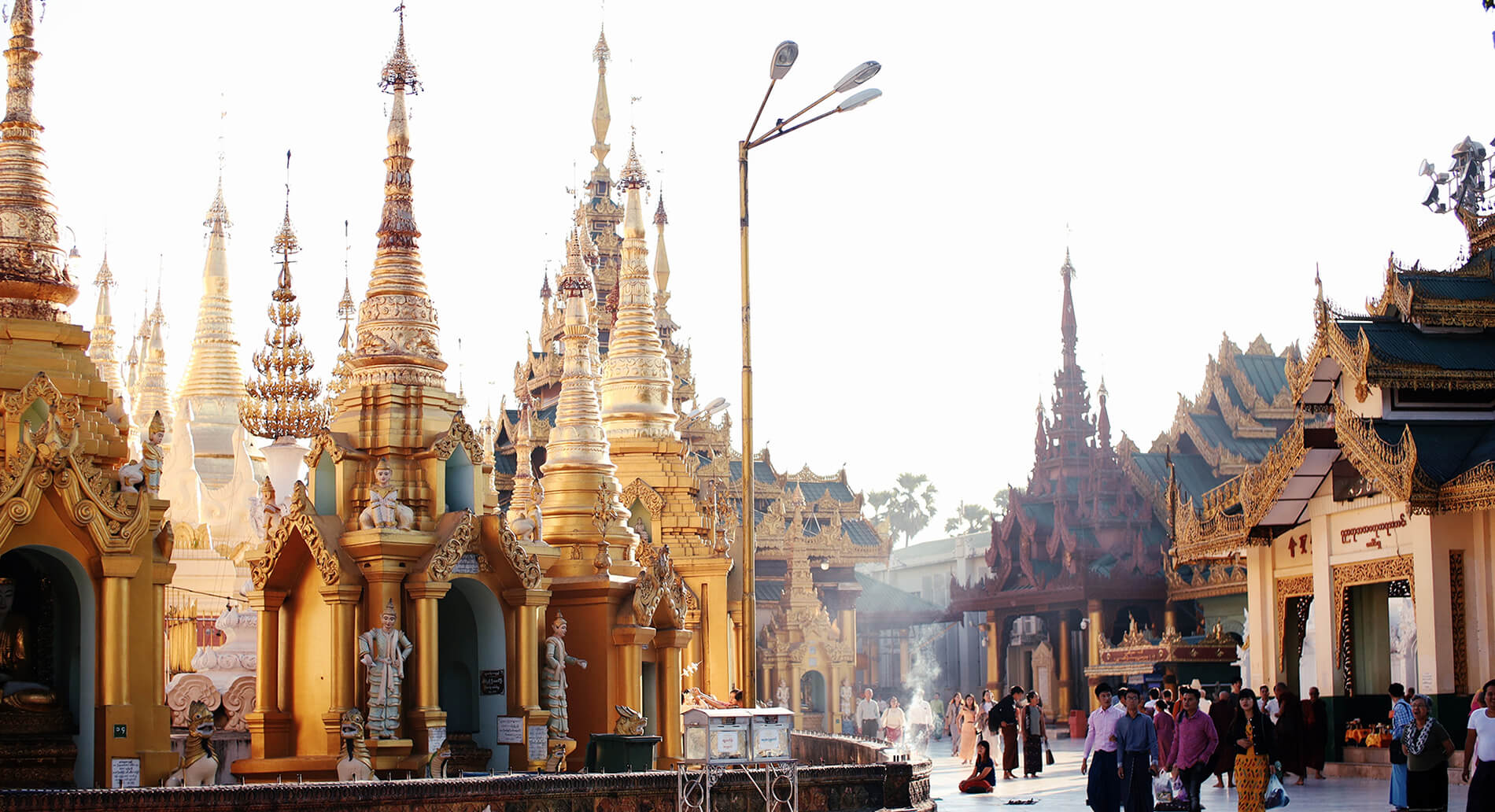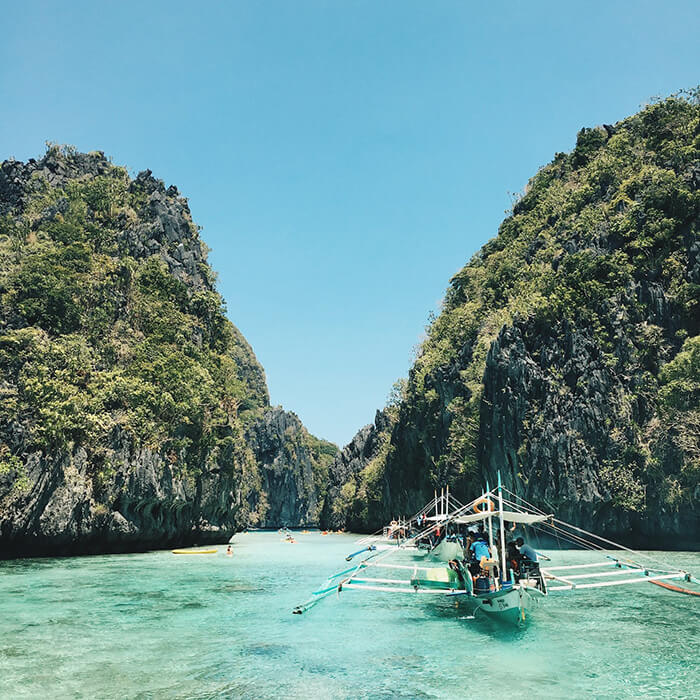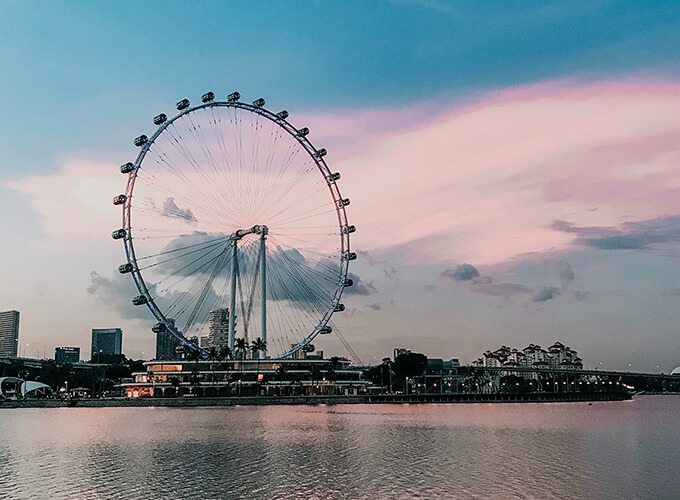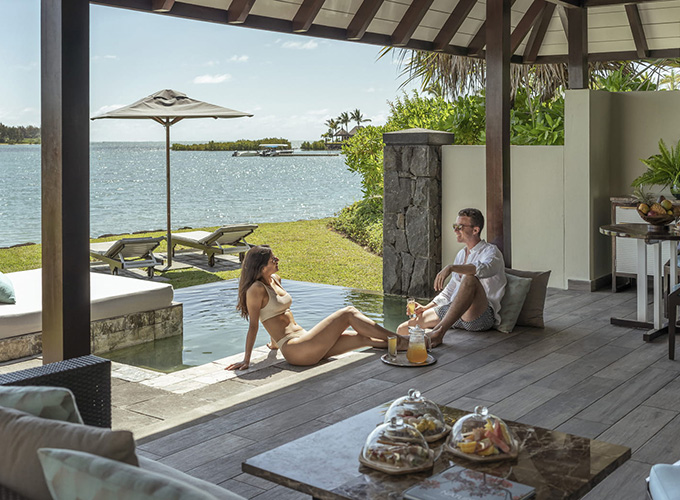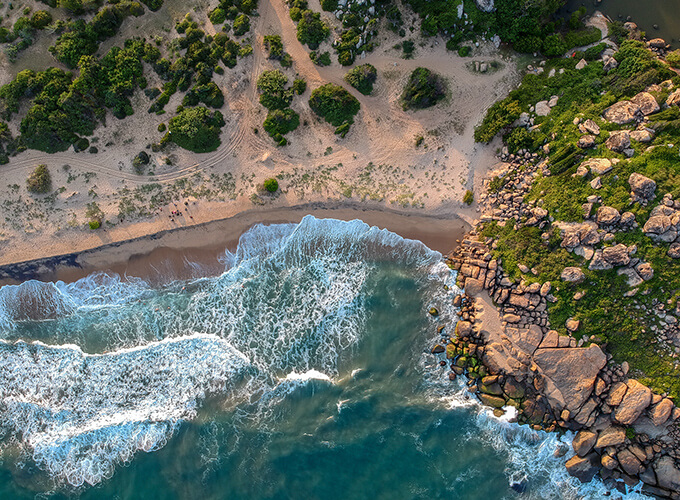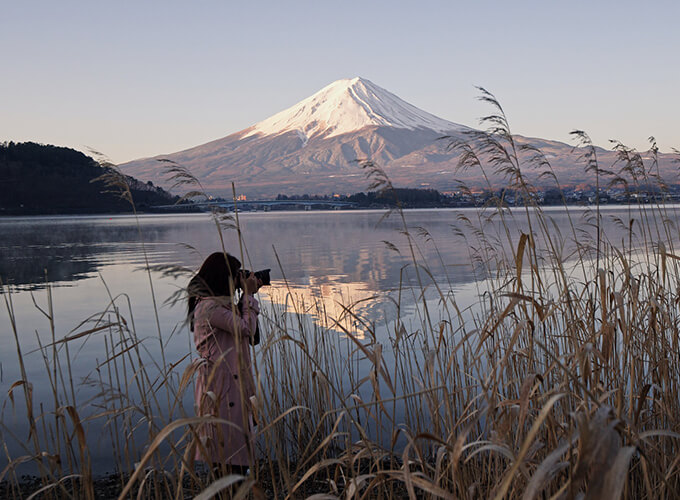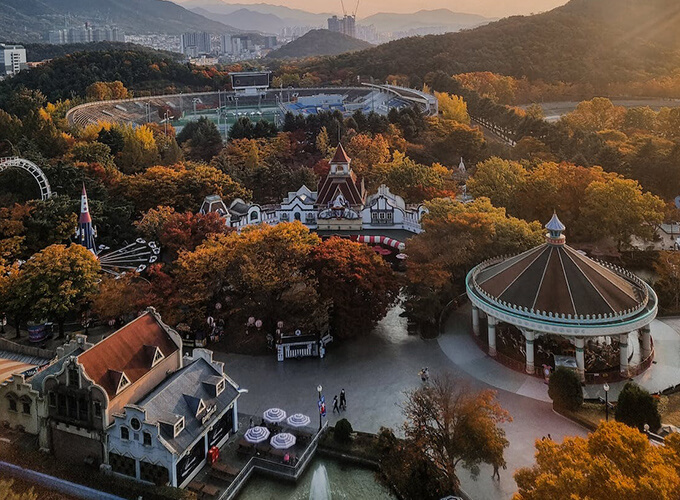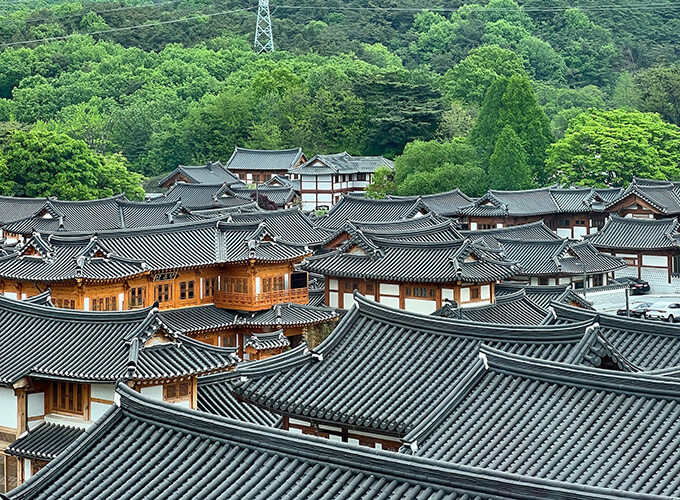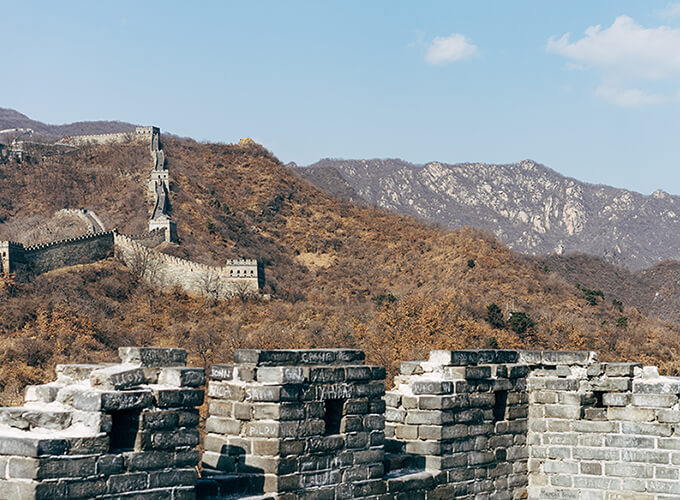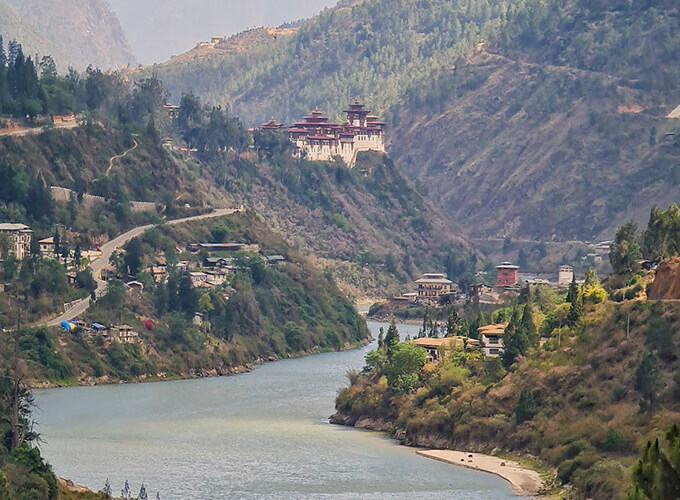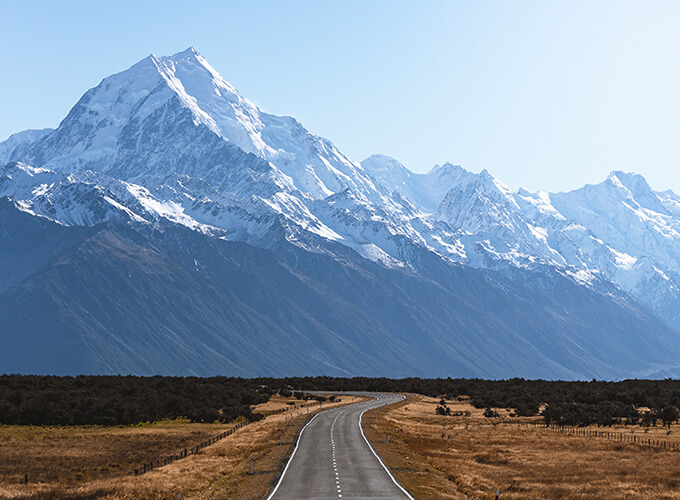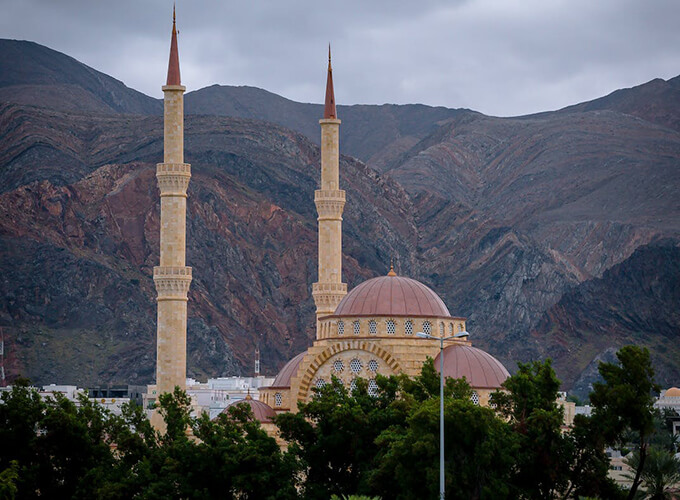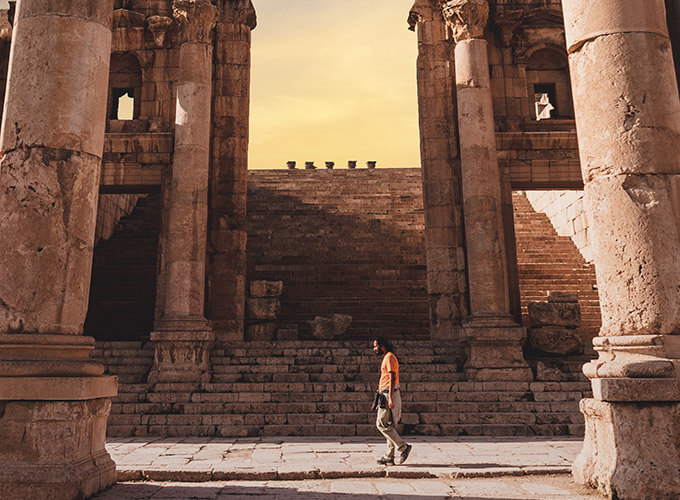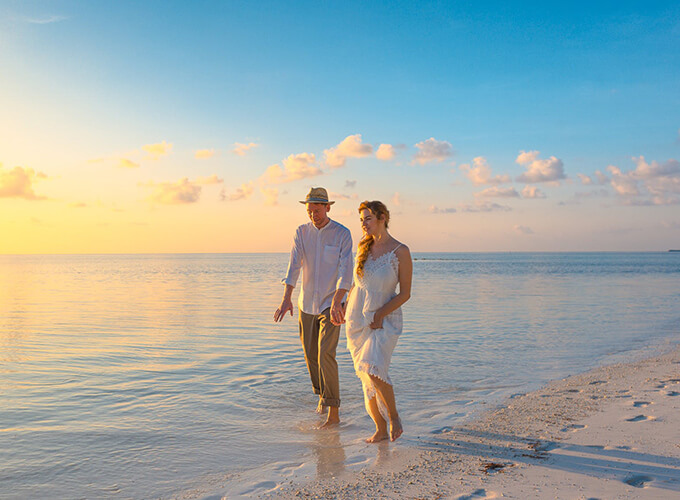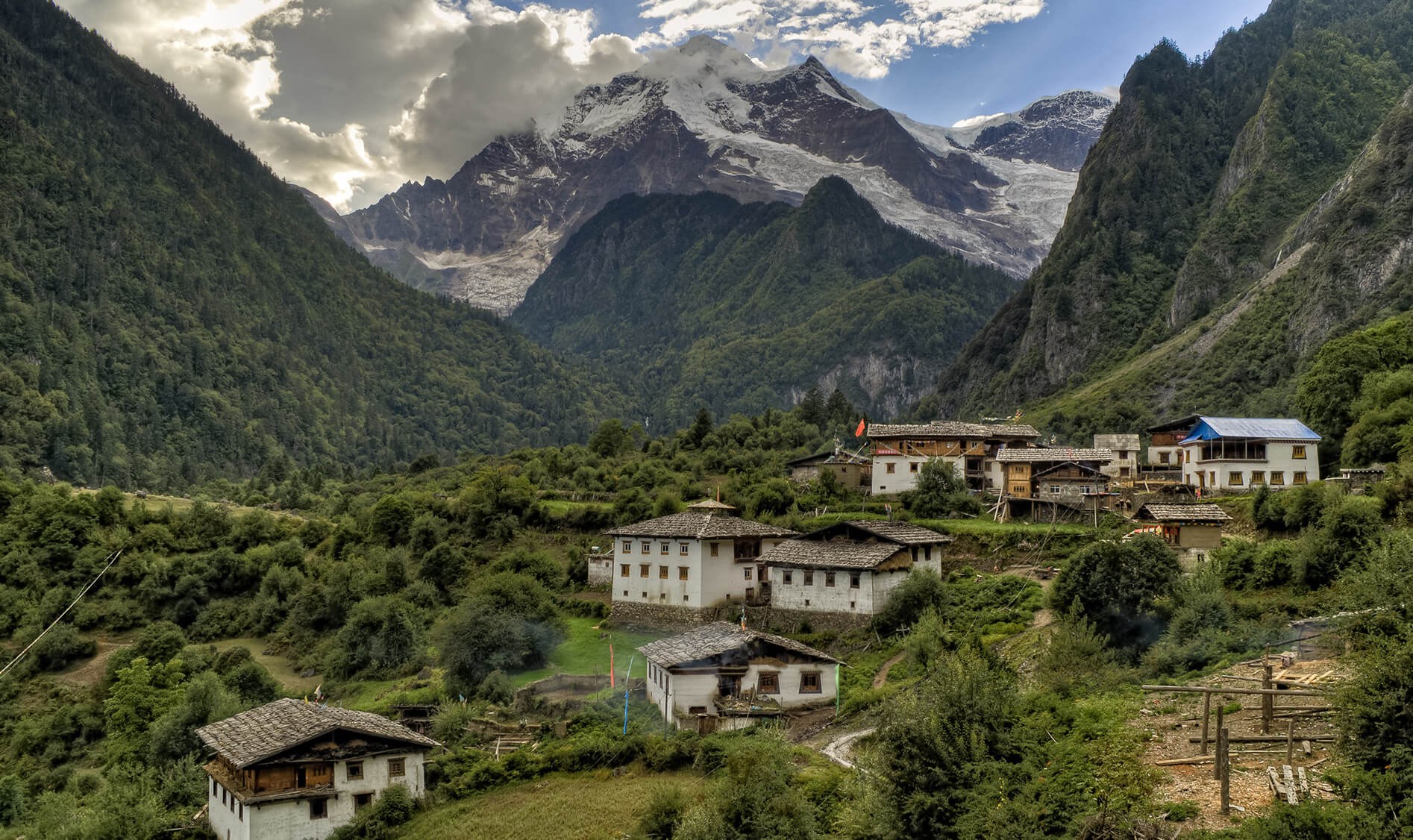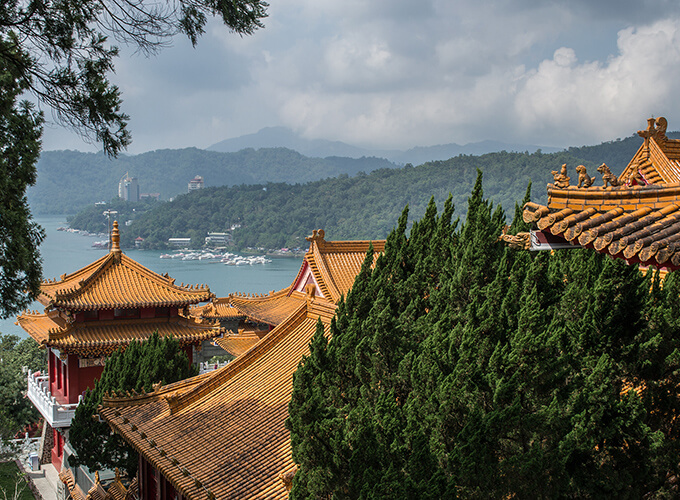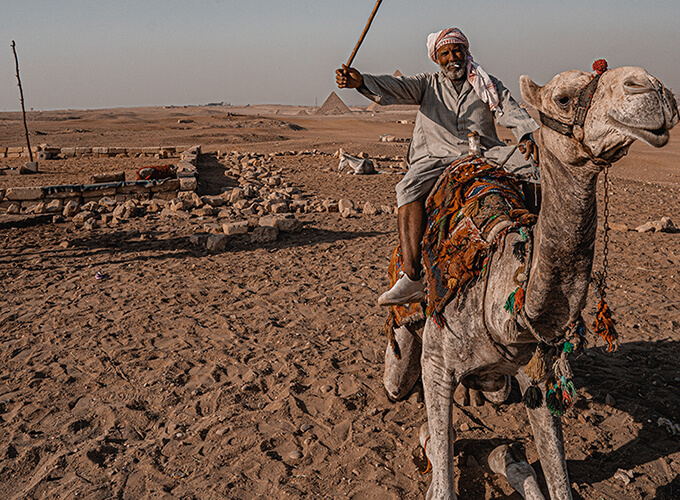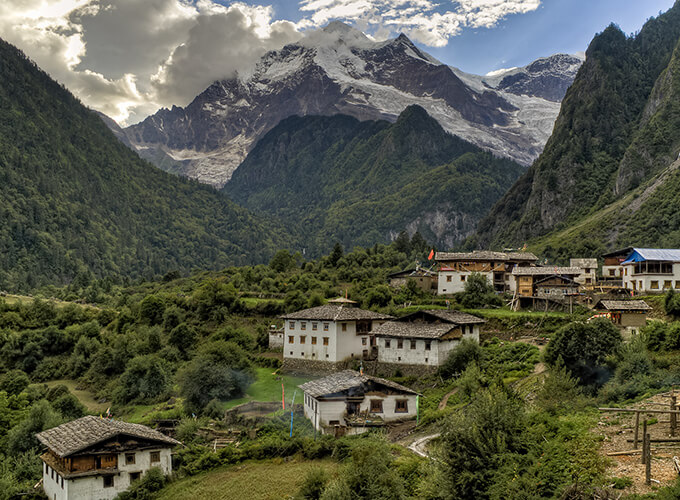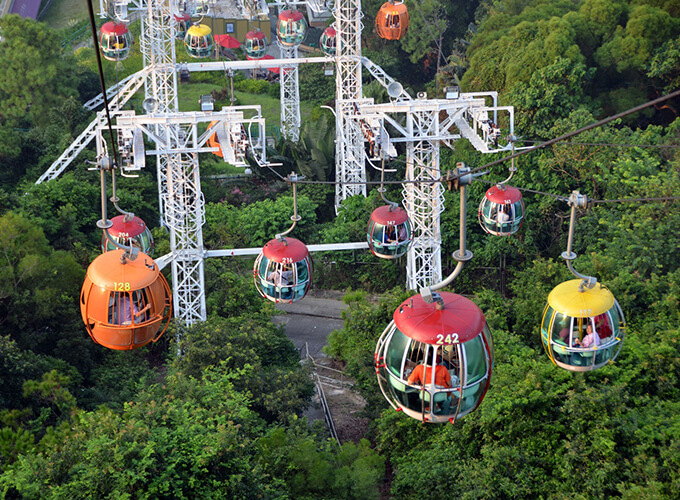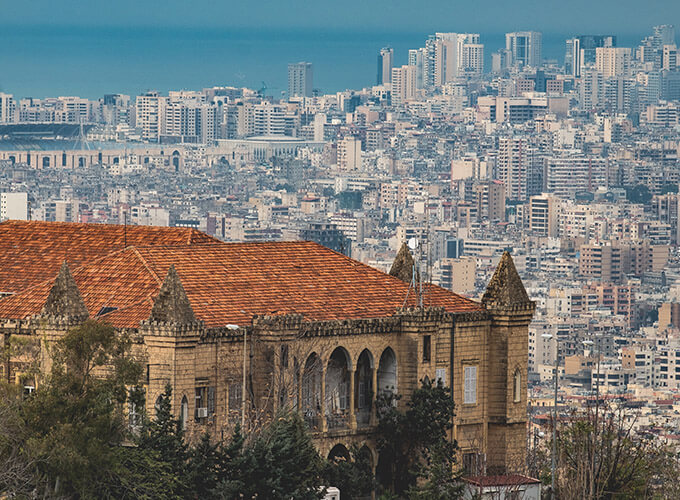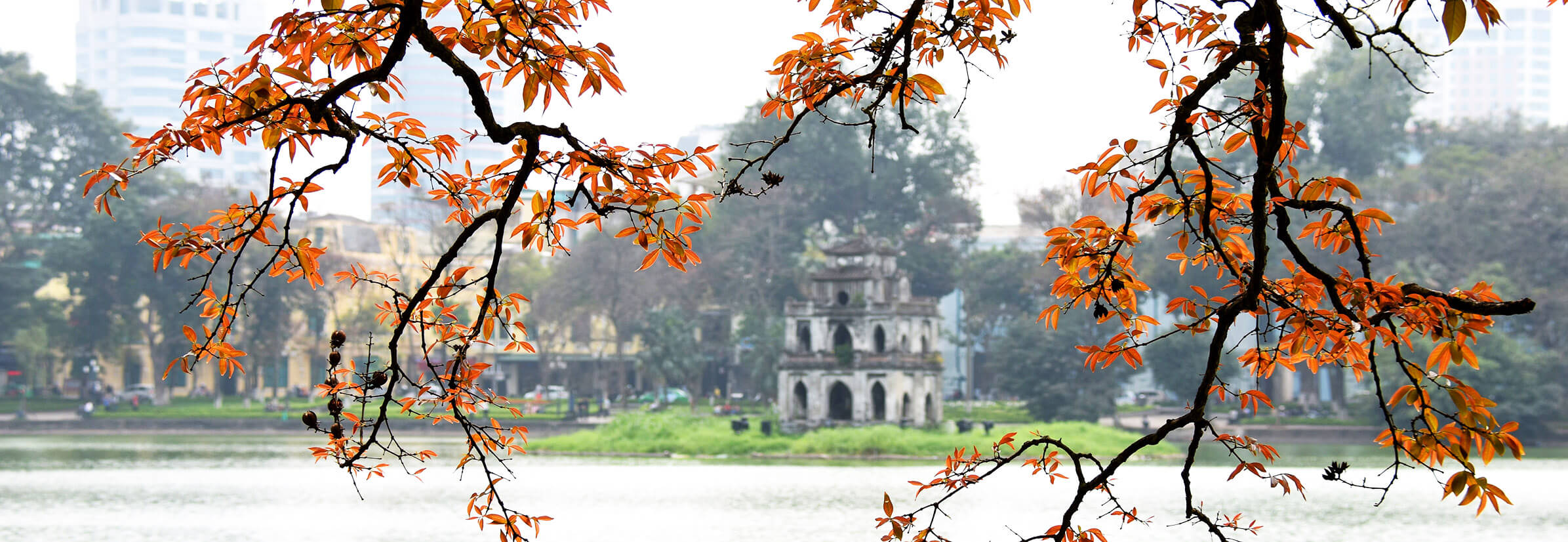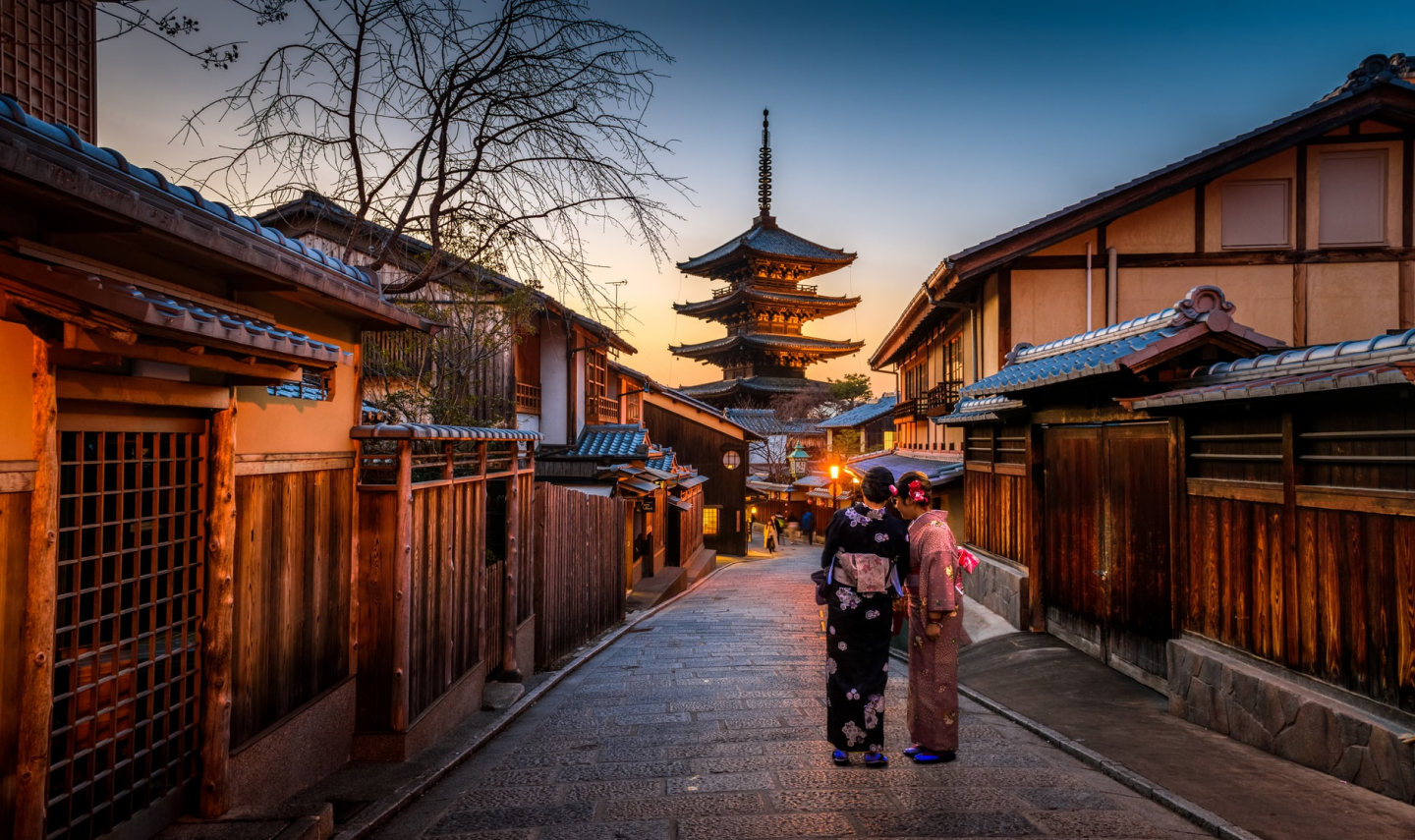Sri Lanka's lakes, rivers, reservoirs, and wetlands are captivating for nature lovers. This diverse ecosystem is home to elephant herds and riverside barb fish schools, providing a remarkable tapestry of wildlife. Wildlife safaris, forests, and plains in Sri Lanka offer a rare opportunity to see these natural treasures. The Sri Lanka Travel Guide provides tips on where to see the country's wildlife for tourists visiting Sri Lanka. Whether you're on safaris through lush forests or over vast plains, Sri Lanka's various landscapes will astound you. Choose My Way Travel's skilled direction for a smooth and memorable trip. My extensive study on Sri Lankan wildlife confirms that many migratory birds pause here, making this tropical paradise even more appealing to nature enthusiasts and birdwatchers.
Sri Lanka is home to many animals; anywhere you go, you're always close to a national park. You may see egrets swooping over hotel gardens and land monitors soaking up some rays along the roadside. While driving, I saw a little bird of prey called a shikra. Not only can you see wildlife while riding in a vehicle, but you can also see it when walking through forests or over hillside plains.
Yala National Park: to seek out leopards
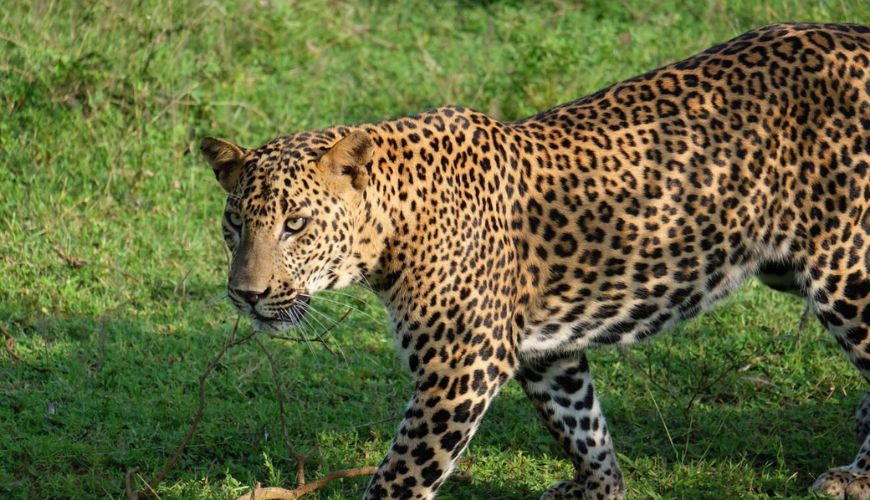 Leopard, Yala National Park
Leopard, Yala National Park
As the world's national park with the largest population of leopards, Yala takes great pride in its reputation. It may become rather crowded since, unfortunately, everyone knows about it. Get in line first thing in the morning if you want to get in, and be patient if you want to see any animals because of all the thick foliage.
Yet, Yala provides an excellent overall experience. Animals from wetlands, coastal areas, and jungles congregate in this park, which spans along the southeast coast of Sri Lanka. Safaris here are by private jeep, with your guide accompanying you. Because they are familiar with the leopards' preferred basking spots and the paths they often use, the guides and drivers are laser-focused on assisting you in seeing this elusive species.
You may go to the park's quieter areas if you're lucky enough to see a leopard (I did; it was resting in a tree, its tail drooping). The leopard and, by extension, the jeep avoid specific areas. We parted ways with the other jeeps and drove down less used paths, where we soon found a crocodile statue by the side of a lake. We continued our drive into Yala and saw a water buffalo standing straight out of the water.
Even though we didn't see a sloth bear, our guide showed us telltale marks on the trees that would indicate its presence. Peacocks, the national bird of Sri Lanka, the Sri Lankan junglefowl, and spotted and sambar deer are also sights to see inside the park.
Even if this park isn't ideal for seeing elephants, you should still be able to do it since these creatures aren't stealthy.
Where to stay in Yala National Park
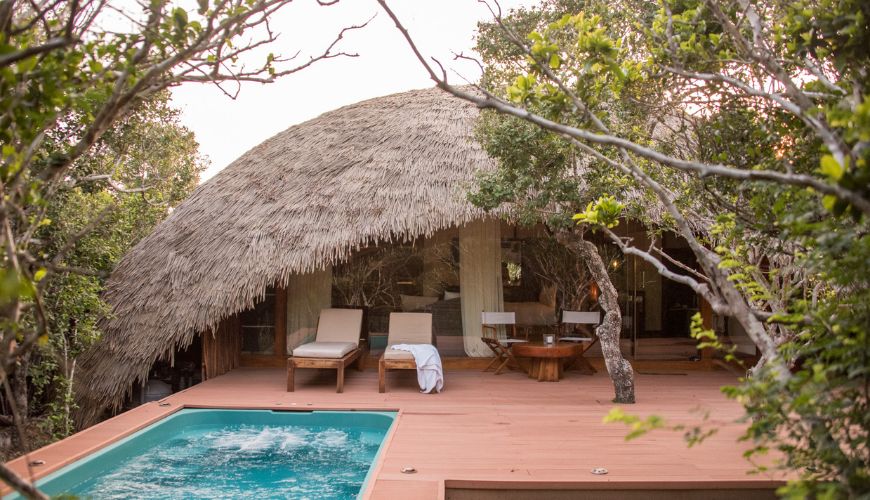 Chena Huts, Yala National Park
Chena Huts, Yala National Park
Yala has the most excellent accommodations among all the Sri Lankan national parks. You'll find various options on the park's edge, around twenty minutes from the main gate. It would help to spend at least two nights there to maximise your safari experience.
Enjoy sea views from your accommodation at Jetwing Yala, a budget-friendly choice with a big pool and a varied restaurant. However, my first pick would be the Chena houses, a cluster of fourteen beachside dwellings with thatched roofs and private pools. At this all-inclusive resort, guests may enjoy guided bush walks around the property and game drives with knowledgeable guides. People or some people know that elephants stroll up to the huts, so while it's an excellent choice (I stayed with the Moroccan royal family, who came by helicopter once), nature is still very much there.
Bundala National Park
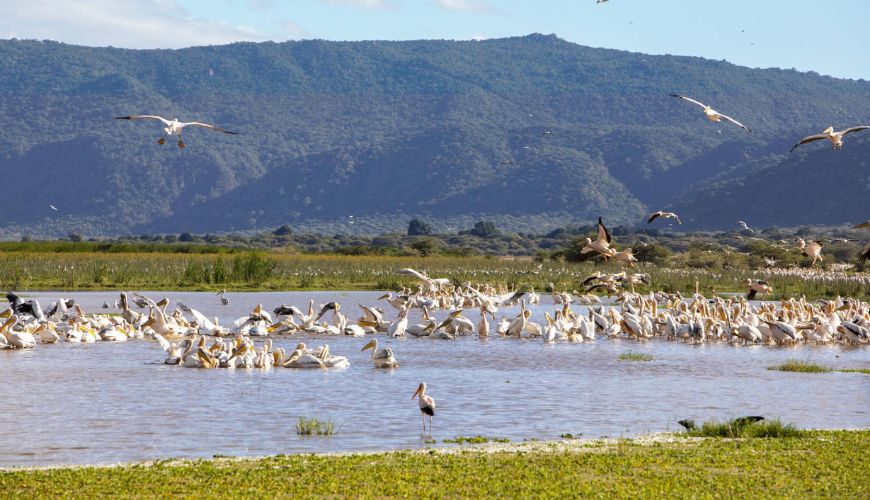 Painted storks., Bundala National Park
Painted storks., Bundala National Park
Adding a private jeep excursion to Bundala National Park to your Yala area itinerary will allow you to see a wider diversity of animals. Just twenty kilometers (12 miles) west of Yala, an hour's drive away, is the wetland park Bundala. Parkgoers seldom make it to the lagoons, streams, and scrub woodland home to over 200 bird species because of how overshadowed Yala is in the area.
I spent my youth studying the names of birds near marshes on the east coast of Ireland, where I grew up. I got my first set of binoculars when I was a kid. Bundala was a wonderful experience for me, and I could tally many species, such as painted storks, spoonbills, and egrets, to my "spotted in Sri Lanka" list. Migrating flamingos, who often land in Bundala in September and spend the winter there, are another popular attraction.
Uda Walawe National Park: to see the elephant herds
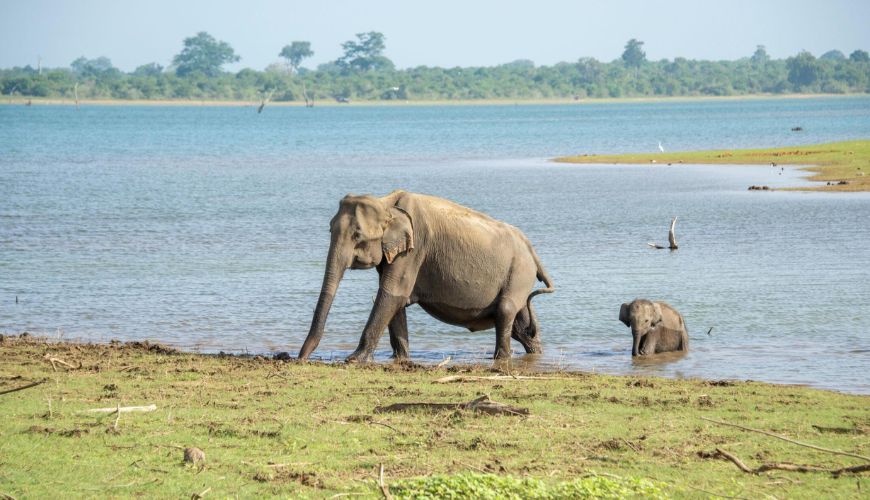 Uda Walawe National Park
Uda Walawe National Park
Uda Walawe National Park is a few hours' drive west of Yala. The location or something locates it inland, so fewer trees and more open plains stretch out into the Great Uda Walawe Reservoir.
I have seen jackals, crocodiles, water buffalo, and deer swarming at the shore. But the elephants are the park's most famous inhabitants, and visitors often see them in all their glory.
Jeep safaris are the way to go in Uda Walawe National Park, and a knowledgeable guide is always required. Unfazed by our presence, the elephants strolled by our jeep, except a few curious youngsters and a brave trunk that peered inside our vehicle.
Although leopard sightings are uncommon, they do occur in the park. There were plenty of quiet spots where we could sit and observe the birds, so it was perfect for birding. I counted six species of eagles, spoonbills, and pelicans. A neon-colored lapwing with yellow wattles and legs soared up to the driving wheel of our vehicle.
The Elephant Transit Home
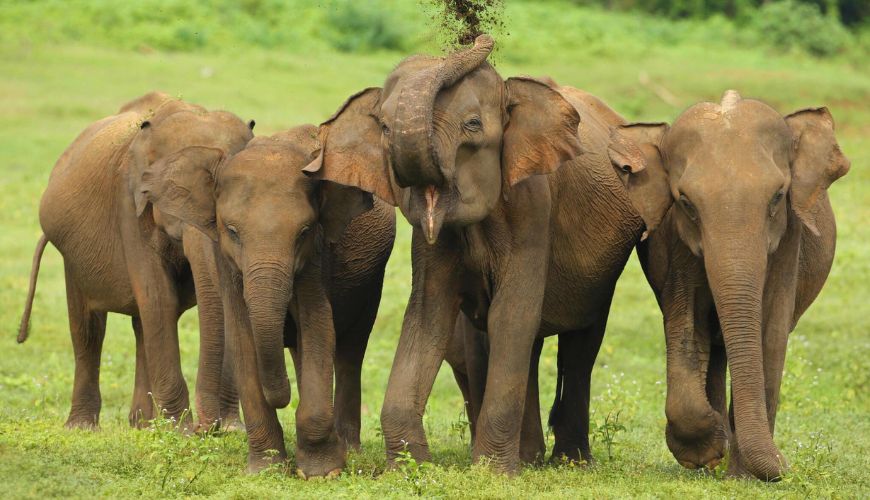 Elephant Transit Home, Uda Walawe National Park
Elephant Transit Home, Uda Walawe National Park
Combining a safari to Uda Walawe with a trip to the Elephant Transit Home, about one hour away by car, is possible. The Born Free Foundation helps fund the home's care and rehabilitation of abandoned elephants until they are old enough to be released into the wild, typically when they are four. It would help if you tried to attend during one of the feedings, which the zookeepers or the staff hold at 9, 12, 3, or 6 pm.
The guides or the trainers lead the elephants into the feeding area, and you may see them from a respectful distance on an elevated platform. Most of them don't need much persuading as they eagerly reach the entrance, their trunks wagging in anticipation. To escape humans, baby elephants drink milk via a tube attached to elevated milk bags, while more enormous elephants graze on heaps of leaves.
Where to stay in Uda Walawe National Park
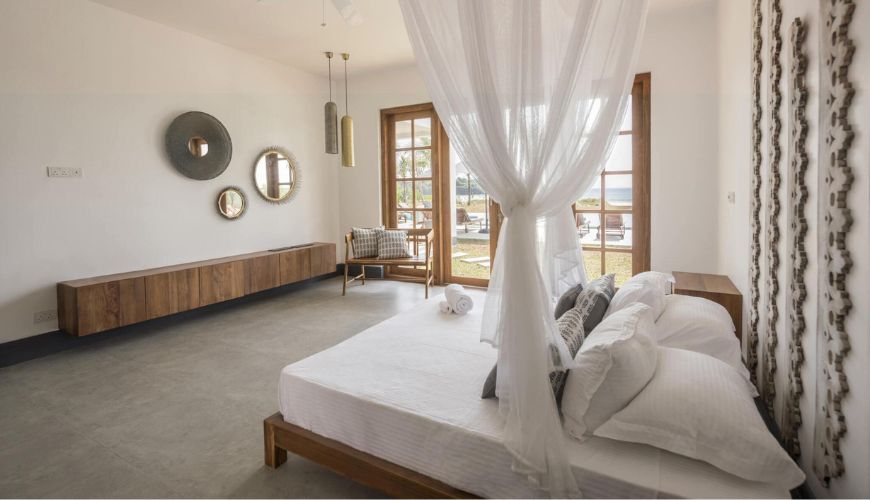 Kalu's Hideaway, Uda Walawe National Park
Kalu's Hideaway, Uda Walawe National Park
Having the opportunity to go on safari at sunrise and sunset is why I recommend spending at least a few nights in Uda Walawe. The lodgings are more necessary than Yala's, yet Kalu's Hideaway is my fave. Romesh Kaluwitharana or someone else adorns the lobby with cricket artefacts and owns a former cricketer. While not out on safari, unwind in a hammock or swim in the hotel pool.
Sinharaja Biosphere: for wildlife spotting on foot
 Sri Lanka blue magpie, Sinharaja Biosphere
Sri Lanka blue magpie, Sinharaja Biosphere
The Sinharaja Biosphere is the last remaining region of primary tropical rainforest in Sri Lanka and is a UNESCO World Heritage Site. The park or place is located west of Uda Walawe and offers a chance to stroll among Sri Lanka's animals. Having a knowledgeable guide accompany you while you navigate the reserve's winding paths, which traverse its slopes and valleys, is recommended.
Due to the dense foliage, you are more likely to see small creatures such as butterflies, lizards, birds, and insects than giant animals. This area is home to almost half of Sri Lanka's endemic species; of them, over half are uncommon. Here, you may find a wide variety of medicinal plants native to Sri Lanka, along with some bizarre fungi like the veiled lady, so called because of its spore-filled "skirt" that resembles lace.
Where to stay in Sinharaja Biosphere
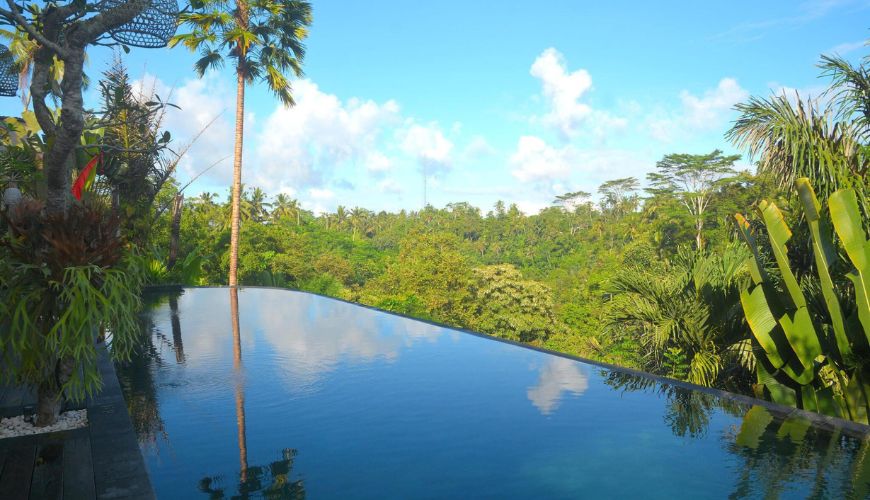 Rainforest Edge, Sinharaja Biosphere
Rainforest Edge, Sinharaja Biosphere
As the name indicates, the Rainforest Edge Hotel is at the park's entrance. There's a large pool area with reclaimed wooden furniture, so it's basic yet cosy because the animals have no idea where the park stops; birds, butterflies, and even the odd monkey regularly visit the hotel grounds.
Minneriya National Park: an alternative to the southern parks
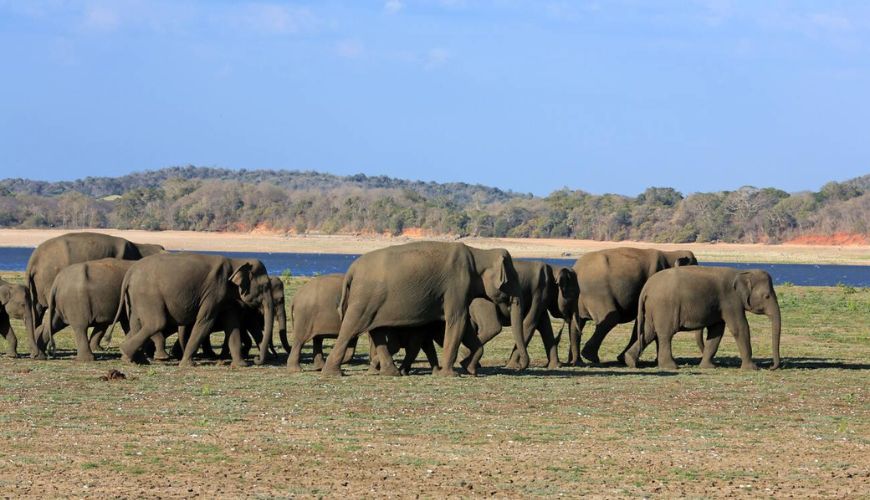 Elephant, Minneriya National Park
Elephant, Minneriya National Park
If you're on a tight schedule or want to reduce travel time, Minneriya National Park is an excellent substitute for the parks in the south, including Yala, in Sri Lanka.
Minneriya is close to Sri Lanka's Cultural Triangle's historic capitals, temples, and fortifications. An afternoon safari could be an excellent way to warm up before seeing the Polonnaruwa ruins and Buddha, the seat of Sri Lankan rulers, or after ascending Sigiriya Rock, which stands 200 metres (656 feet) above the countryside.
A reservoir constructed by a monarch of Sri Lanka in 200 AD to water the farms in the vicinity is housed in the park, known as the Minneriya Tank. Elephants traverse Sri Lanka to the water tank for a drink in July and August, when the water levels are lowest. At this gathering, which goes by the name "the Gathering," you will see more Asian elephants than any other event on Earth. Elephant sightings are nevertheless conceivable throughout the year, albeit much less often.
Horton Plains National Park: wildlife in the hill region
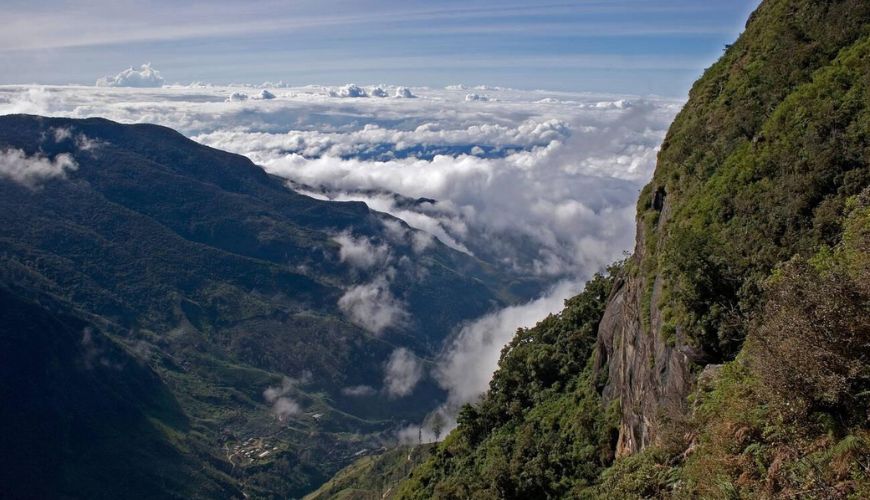 Horton Plains National Park
Horton Plains National Park
The government or the authorities locate Horton National Park in the Sri Lankan highlands, distant from the safari parks, and it has expansive grasslands. Because of the striking resemblance to pastoral England, the region was affectionately called "Little England" by the British colonists. Go to the park first thing in the morning before the clouds roll in for the most apparent sights.
With my guide, I strolled through the park, taking in the sights as we went. Various bird species found refuge in the initial segment of the route, bordered by forest on both sides. We saw dull-blue flycatchers and oriental white-eyes.
It was a nice spot to stop and have a packed breakfast as the route passed World's End, an 800 m (2,624 ft) plunge with views to the valley floor below. Sambar deer thrive in the uncultivated meadows, while purple-faced langurs skitter between forest areas.
Where to stay in Horton Plains National Park
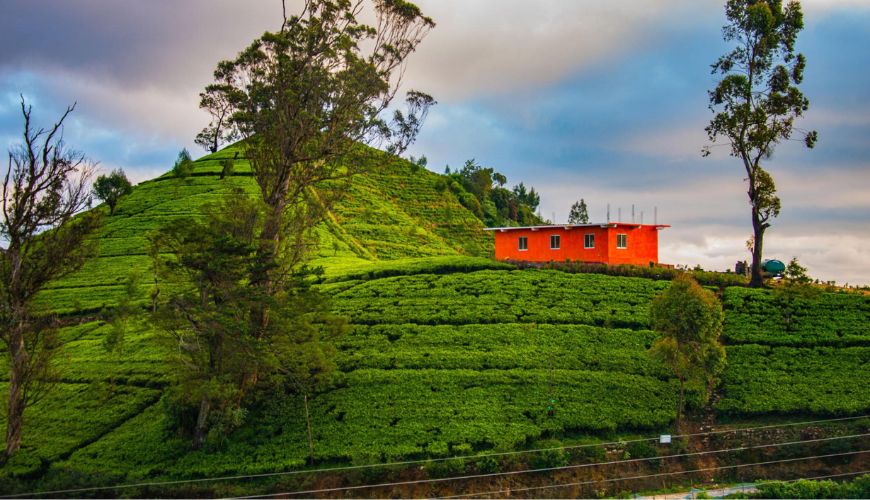 Warwick Gardens, Horton Plains National Park
Warwick Gardens, Horton Plains National Park
The ideal place to explore Horton Plains is the colonial tea planter's village of Nuwara Eliya. A five-hour car ride from Colombo is an option, as is a leisurely but picturesque rail ride north from Kandy.
Warwick Gardens, the home of a Scottish tea planter, is located around one hour's drive from the park, among tea fields outside of the town. The owners spent seven years renovating the building so that guests would feel at home while staying there.
Gal Oya: for intrepid wildlife experiences
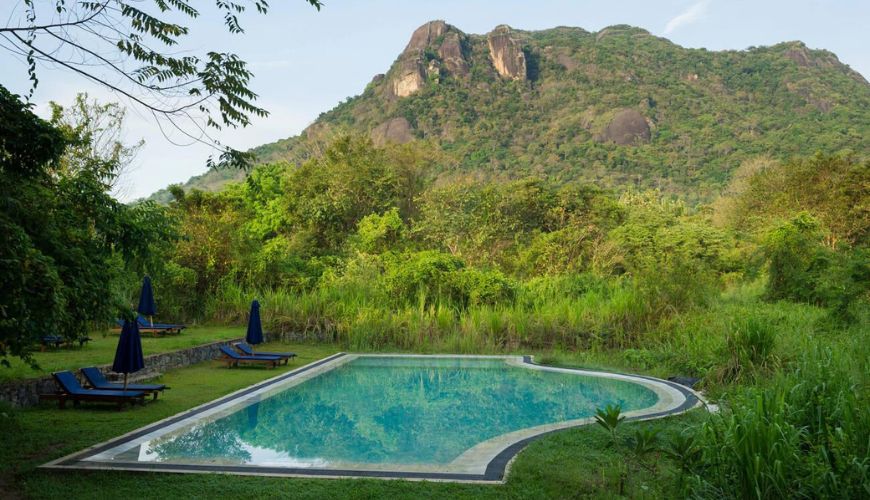 The pool at Gal Oya Lodge, Gal Oya National Park
The pool at Gal Oya Lodge, Gal Oya National Park
I see Gal Oya National Park, home to forest-dwelling tribes and swimming elephants, as something out of a tale. Hotel owners have just agreed with local tribes to construct a ten-bungalow resort close to the park's boundary, allowing tourists to explore the region.
Getting to Gal Oya on the eastern side of the island may be done in three or four hours by a twisting road route from the tea area or via Yala National Park, which is a relatively easy drive (until you reach the hotel's access road, which needs a jeep).
As you approach Gal Oya Lodge, the scrubland gives way to an ever-thinning woodland. Organising your activities upon arrival at the lodge is recommended when your naturalist meets you and helps you create an agenda to make the most of recent animal sightings.
The most considerable artificial body of water in Sri Lanka, Gal Oya Reservoir, was the site of my boat safari. Grabbing the boat from the dam's edge, we set sail straight away to avoid the jutting rocks that dot the lake.
It seemed as if a constantly shifting mass of grey covered one island—this was Bird Island. Because they have completely disregarded the nearby desolate islands, the fact that ibises, grey herons, and Oriental darters have laid their eggs on every surface of the island lends an aura of mystique.
In Gal Oya, you won't find any sick elephants. My guide and I see elephants swimming between the islands during the rainy season, but it rarely happens. During my visit, we didn't see any elephants, but we did see torque monkeys swaying from tree to tree and a grey-headed fish eagle. While waiting for the sun to set, we lingered on the lake and marvelled at how the water shimmered with pink and orange sparkles.
While staying at Gal Oya Lodge, I had the opportunity to accompany the chief of the local Vedda people on a guided woodland walk. Due to the chief's very expressive nature, we could communicate mainly via facial expressions and hand gestures, even though a translator was there. Along with finding fascinating insects, he showed us a wide variety of therapeutic flowers and plants and urged us to sample them. Most striking was the pseudoscorpion, a harmless but cunning spider that resembles a scorpion.
Start planning your trip to Sri Lanka
Start thinking about your experience. These itineraries are simply suggestions for how you could enjoy some of the same experiences as our specialists. They’re just for inspiration, because your trip will be created around your particular tastes.




